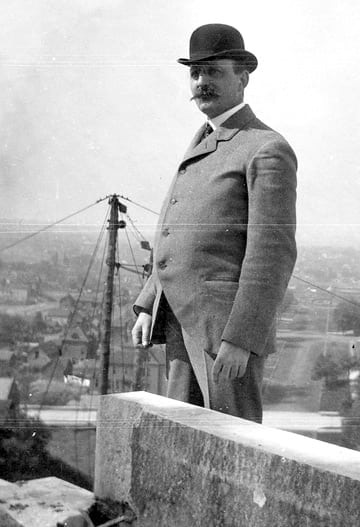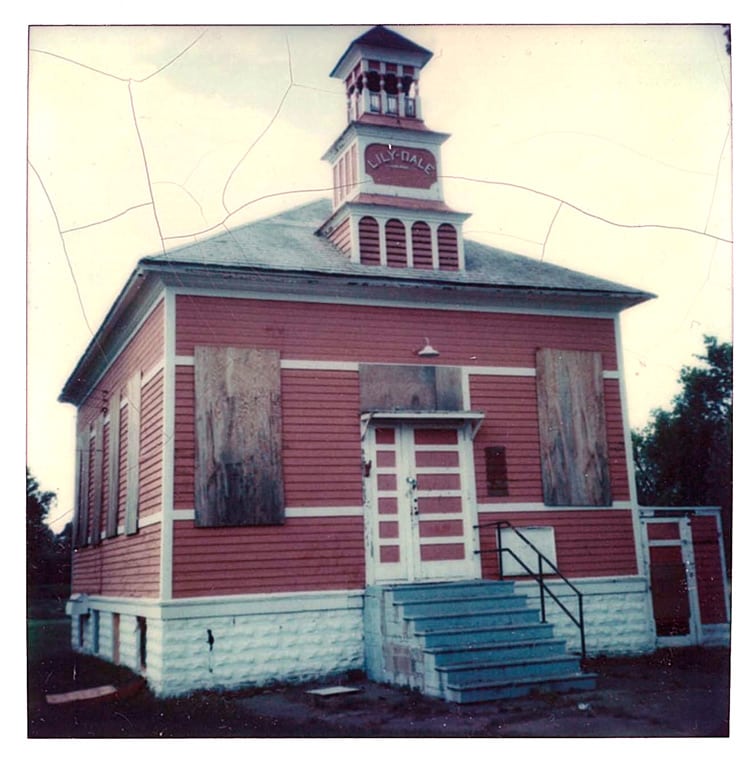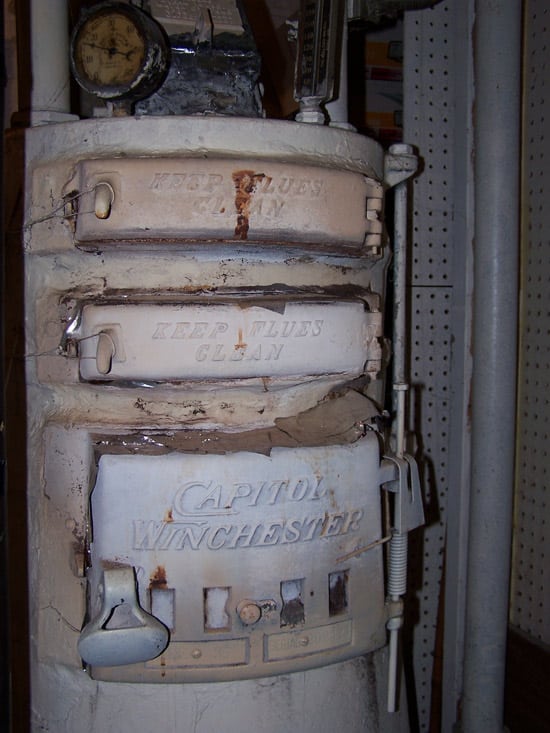
Cass Gilbert, The Journey of an Minnesotan Architect
2009
Gilbert did believe in the symbolic Pope Tiffany as well as the flesh-and-blood Tiffany; his artistic aims mirrored those of Tiffany and the leading artists of the day, and he never gave up the faith.

Mighty Mississippi Memories
2009
Memories often take on a life of their own and go where they will. This one leads me down memory lane to helping my grandfather, Floyd W. Anger, mayor of Lilydale from 1959 to 1970, move his essentials to higher ground every year that Lilydale's lowlands flooded where Water Street becomes Lilydale Road.

Constance Currie and Neighborhood House
2009
Anyone who knows the history of Neighborhood House on Saint Paul's West Side probably knows the name Constance Currie. Born March 18, 1890, in Saskatchewan, Canada, to a family with a long history of social service, she began her career at Unity House in Minneapolis. But it is her many years as director of Neighborhood House (1918-1957) that best mark her legacy.

Skiing on Pike Island
2009
In the fall after the U.S.-Dakota War of 1862, hundreds of Dakota women and children were force-marched for seven days to Fort Snelling from their reservation in western Minnesota. That winter, over fifteen hundred Dakota were detained on Pike Island below the fort. Under military patrol and with only thin blankets, the prisoners watched this wooded island fill with snow.

The St. Paul Hotel in the late 1970s
2009
I recently learned that the Saint Paul Hotel will celebrate its one hundredth anniversary in 2010. I wanted to make sure its role in our city's history was acknowledged in some manner. Perhaps my own personal reflections as a former employee and later a guest can contribute.

Capitol Winchester
By Sasha Aslanian ● 2009
My furnace was a young pup in 1936 when Saint Paul hit its all-time low temperature of -34° F. Capitol Winchester sits like Santa Claus in my basement. He's entering his eightieth winter.

The Union Depot
2008
If you were to stand here today, on an equally mild summer morning, as the maker of this 1925 photograph did, Union Depot would not look much different. It would be, of course: time changes not only the physical lives of buildings but their meaning and function.

Art by Patricia Bour-Schilla
Boyd Park
By Virginia L. Martin ● 2007
The Selby-Dale Freedom Brigade, which emerged out of this melange of ideologies, objected to using Kittson’s name for the park on the grounds that this nineteenth-and early twentieth-century entrepreneur was not a fit man to memorialize. Not only had he had at least two and as many as four Native American “wives” before marrying European Mary Kittson, he sold liquor to the Indians and bought their fur pelts for a pittance and sold them for exorbitant amounts. One brigade member said Kittson “personifies the destructive, imperialistic aspect of American history,” and he urged that parks and public buildings be named “for people who have contributed to the struggles faced by those exploited.”

Rondo Oral History: Deborah Gilbreath Montgomery
By Kate Cavett ● 2007
My name is Debbie Gilbreath Montgomery. I grew up at 978 Saint Anthony, which is on the corner of Saint Anthony and Chatsworth.
